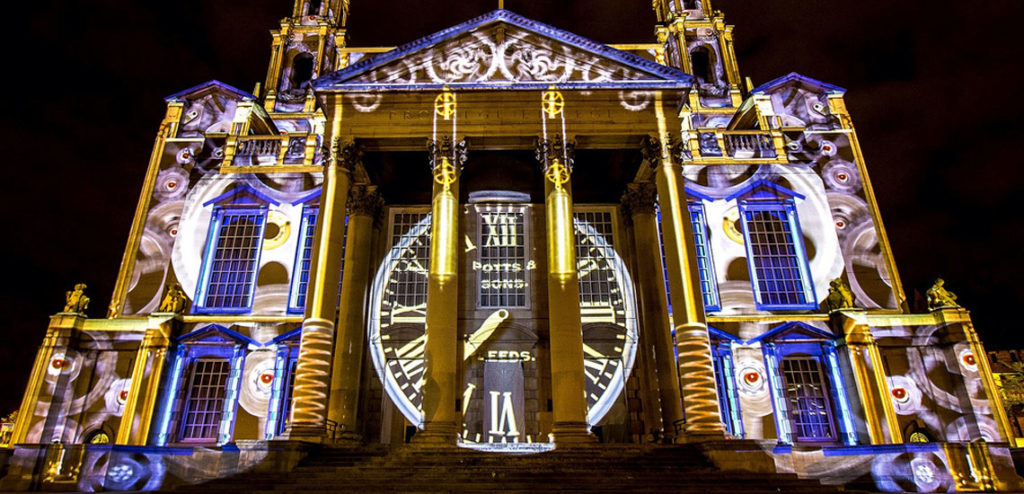
In previous posts in this series we’ve gone over the history of projection mapping, and we’ve also gone over how projection mapping is accomplished. So now that you know what goes into a projection mapping project, we can talk about the pros, cons, and potential alternatives.
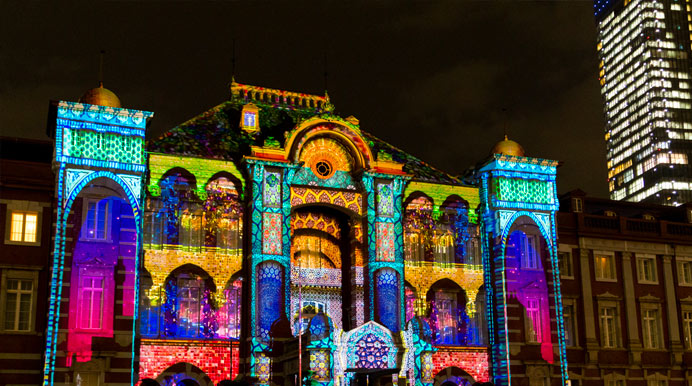
The Pros of Projection Mapping
With enough time, effort, and expertise, you can map on almost any object. A small sculpture could be mapped on with just one projector, or you could use a few more projectors for a full 360 map. Or you could go all out and project on a facade of a classic building. In this case, projection would be much more attainable than covering the building in a video wall.
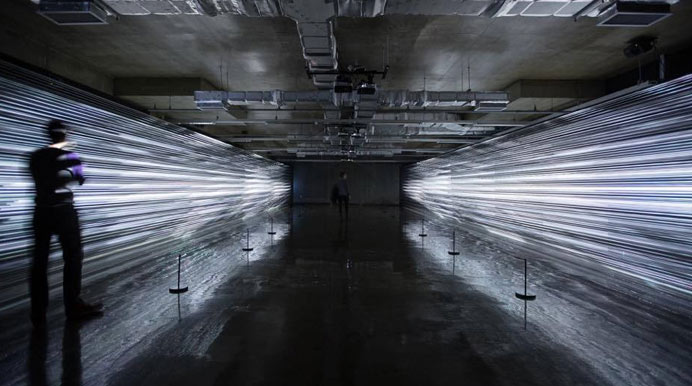
You can create an amazing effect with projection mapping and really capture an audience’s attention. Projection mapping is great for temporary installations, promotions, or events. Renting a projector for a night or two is much more affordable than some of the projection mapping alternatives. Plus, being able to map onto a local landmark, building, sculpture, or interesting product is super cool.
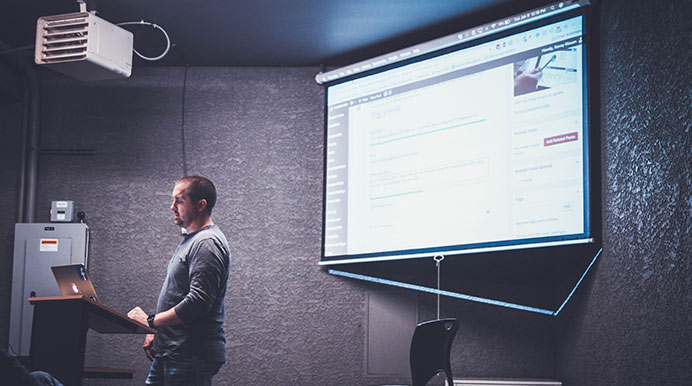
The Cons of Projection Mapping
Unfortunately, projection mapping does have some cons. First and foremost is that it’s hard, if not impossible, to see in high-light situations. This means from the very beginning you have time restrictions. If you wanted to map an advertisement onto a building, it couldn’t be seen from sun-up to sun-down, and you’re missing all of that precious traffic.
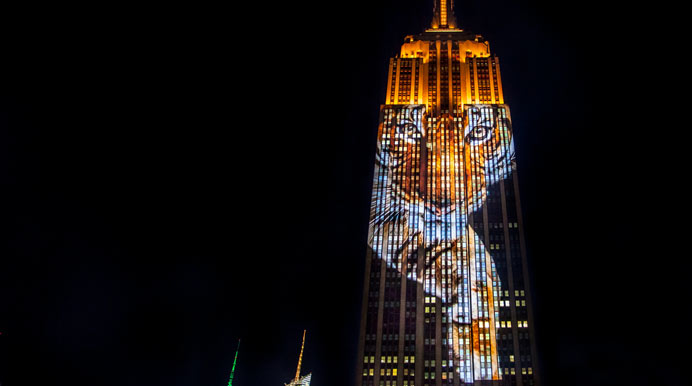
Depending on what you’re trying to do, the content you map could get pretty crazy. Projection mapping projects could require custom designed content and possibly some pretty advanced mapping. Unless you have the skills, or the backing of a team that does, you could be looking at a pretty hefty expense. When this is the case, the animation or content loops tend to be shorter, which usually makes it more effective for those temporary events instead of a permanent installation.
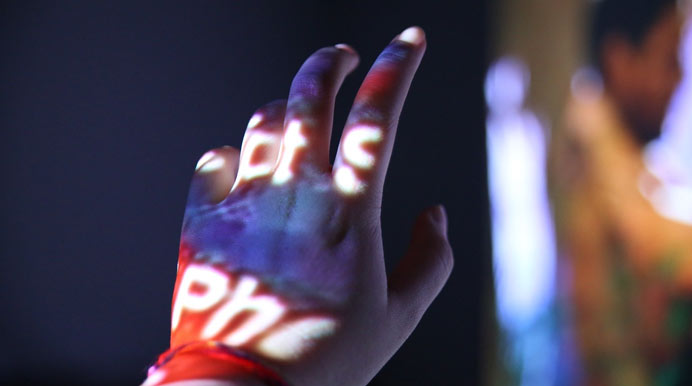
Projector location is always a tough one. Projection mapping helps combat some of the challenges, but it may not always be an ideal solution. Say you’re doing a 360 projection mapping around a complicated sculpture.You need to account for each angle that the audience could be seeing it from- in front of, behind, above, or below the object as a whole or certain pieces. We could add in some projectors here or there to make it happen, but once you get a crowd of people, you’ll have issues with them stepping into the light and blocking the projection, or even worse, stepping on or running into a projector. It’s certainly not impossible to obtain a quality projection mapping like this, but it can be challenging.
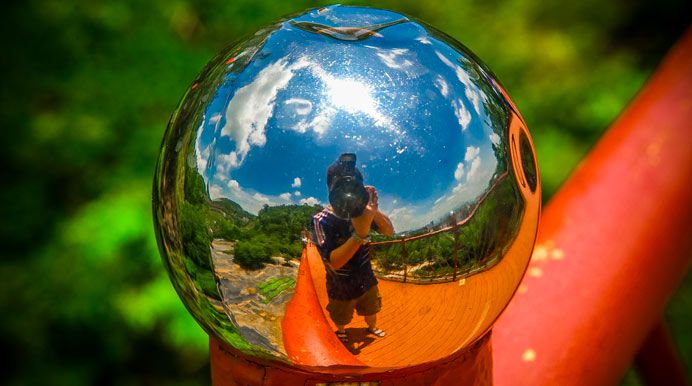
Lastly, keep in mind that how that objects material handles the light may be a challenge. For example, if you projected onto an item with a reflective surface you could create a really cool effect, but it may be difficult to get the look you were wanting.

Projection Mapping Alternatives
Note that these alternatives may or may not work for your particular project. Projection may be the best way to go, and these may not be as close to a projection mapping solution as you may need, but we want to help you know what other options you may have.
For smaller projects, you could look at installing a monitor or two with custom facades. If you’re trying to obtain the look of a circular screen, you could create a custom housing that essentially covered up the corners and only allowed a circle to be shown. Depending on the size needed, a large display with a custom housing could be a more cost effective option.

(Pictures from our project at the Indeed HQ in Austin)
The most common alternative to a projection mapping project that we suggest is video walls. Video wall panels can be arranged in unique shapes (depending on the shape you may need a facade depending on the shape). The panels are bright and visible during the day allowing you to capture more attention. Pricing on a video wall can vary depending on size and complexity, but it may be a good option for your project.
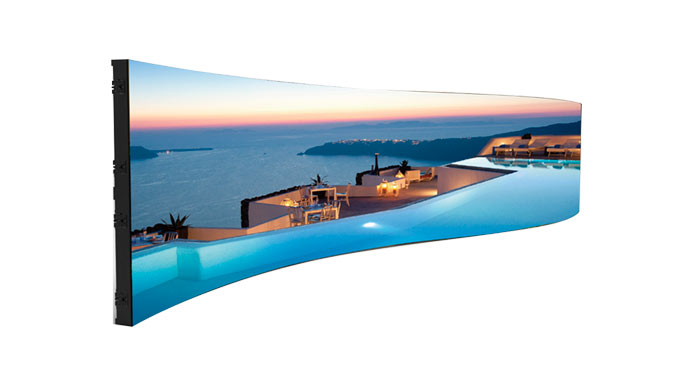
Adding on to that, you could look into a Flexible Video Wall. These are more expensive than typical video walls, but can be curved and shaped into more unique 3d shapes which can get you closer to the projection mapping effect you may be going for.
In the next post in this series, we’ll be looking at use cases and some examples of projection mapping in the flesh. Until then, if you have any questions on if projection mapping is right for your project, or if you’re looking for alternative ideas, send us a message, and we’ll give you the best advice for your project.